Mom Shares Photos of 'Clogged Sweat Gland' That Was Skin Cancer
Editor's Note
This post contains graphic post-operative photos.
If you look at Shealun Campisi’s Instagram feed you’ll notice a lot of smiling faces, most of which show Campisi, her husband and their 4-year-old son. But you’ll also come across a few not-so-happy photos that show her battle with skin cancer.
The 30-year-old medical sales rep from Bonney Lake, Washington began her skin cancer journey in August of 2014 after noticing a small bump on her face that looked like a clogged sweat gland. It was the same color as her skin, so she never thought anything about it until it wouldn’t go away.
“I remember it had to have been there for at least six months, probably longer, before I had it looked at,” Campisi told The Mighty. “To be honest, I had no intention of actually getting it looked at because it really looked like nothing. But I’m in medical sales, so I’m constantly around dermatology clinics and I decided to just go into one while I was working.”
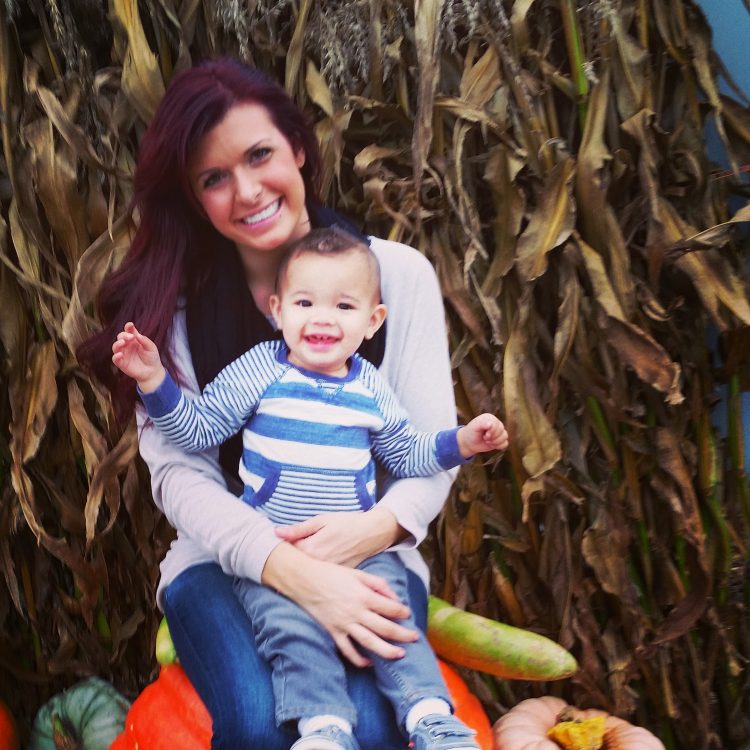
The doctor asked her if the lump itched, bled or caused pain, to which Campisi replied no. Then, she was asked if it had gotten bigger. She thought for a moment and realized it had grown. The doctor looked at it again and said she had never seen skin cancer look like this. She added she was sure it was nothing, but that Campisi should have it biopsied anyway.
“A week later I got the call while I was recovering from just getting emergency surgery to get my gallbladder out,” she said.
Campisi was told it was basal cell carcinoma, the most common form of skin cancer that has more than four million cases of it diagnosed in the U.S. each year. It was also nodular, meaning it had a small knot or lump in it, so she would need Mohs surgery to remove it because they didn’t know how far it had spread.
“It was a week from hell, to say the least,” she said.
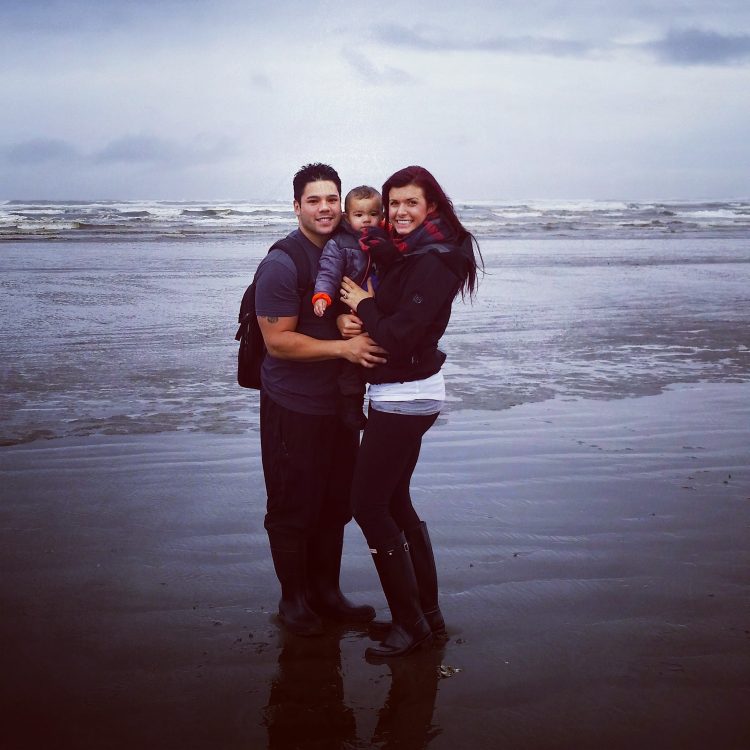
Campisi did a lot of research on Mohs surgery, a microscopic surgery that is done in stages and removes, examines and reconstructs the cancerous area. Campisi began researching the best surgeons, as well as what to expect from surgery and reconstruction.
A hairdresser at her mother’s salon happened to overhear Campisi talk about her search, and she suggested she go see a specific plastic surgeon in Tacoma. The hairdresser’s client also had nodular basal cell carcinoma, and had a good experience with this particular doctor and his version of “Mohs.” He couldn’t call it Mohs since he didn’t specialize in it, but it was the same type of procedure where the cancer is removed in layers and biopsied until the margins are clear.
What was also great was that he also did reconstructive surgery right after the procedure.
Campisi decided to go to the doctor that was recommended. The surgery and laser resurfacing to help her scar heal were both done in November of 2014 after she returned from a pre-planned trip to Cabo.
Below are some photos from her recovery:
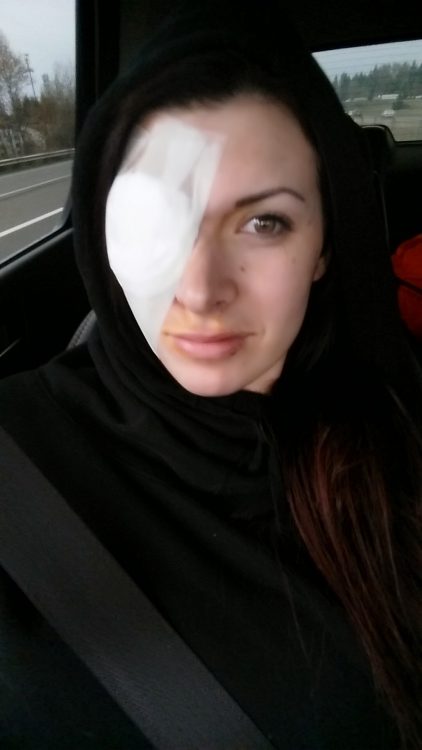
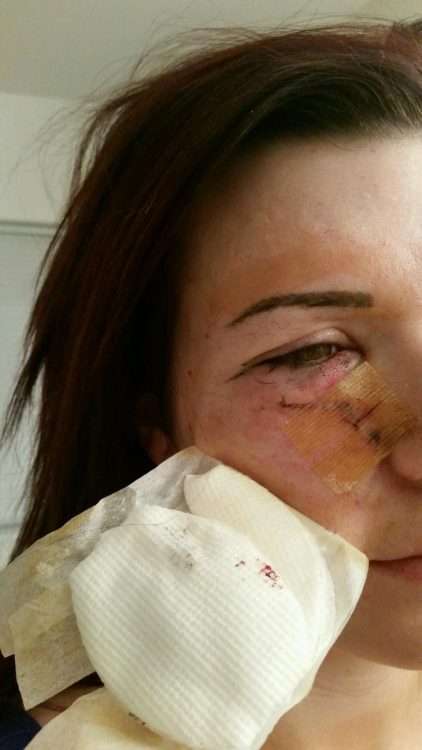
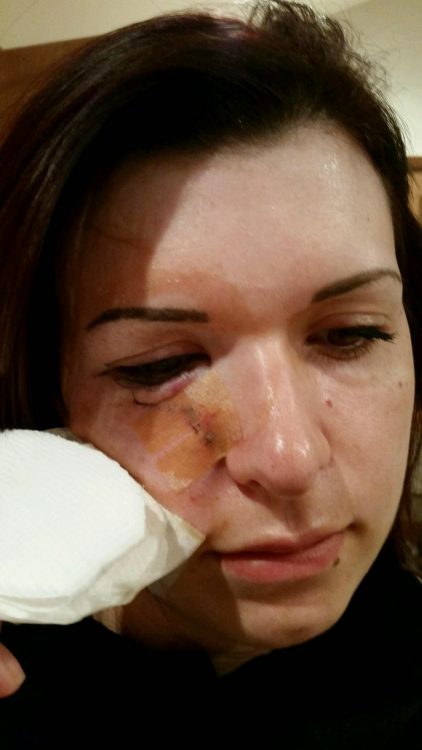
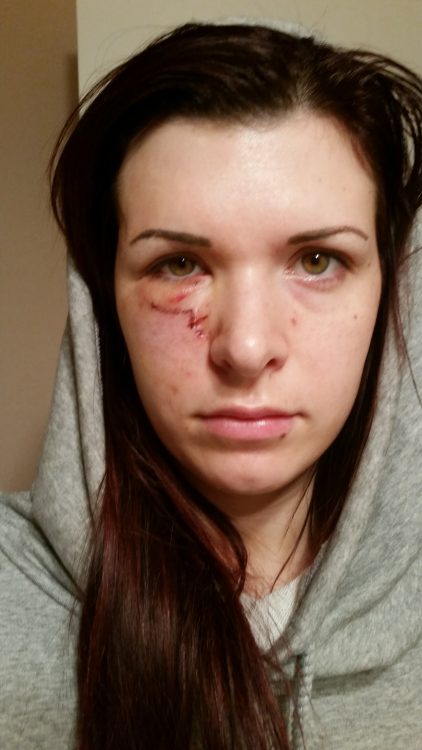
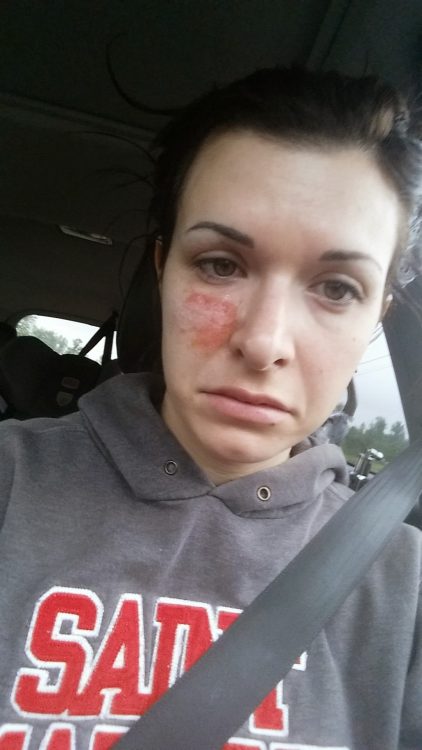
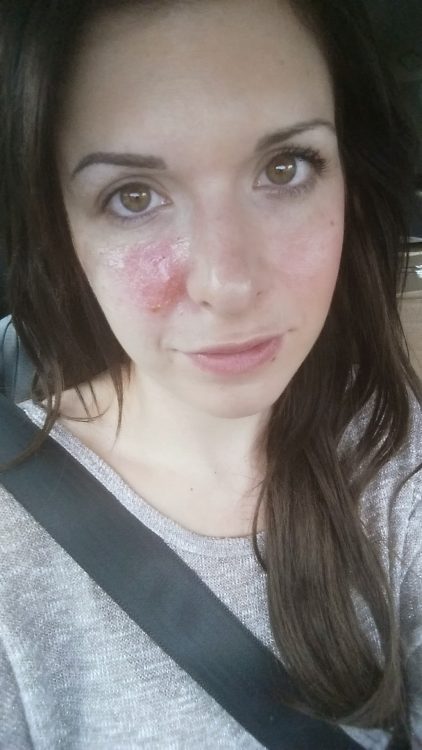
Today, you can see two faint scars on Campisi’s face. They remind her of just how dangerous cancer can be. And because of them, she said she will no longer be naïve about skin cancer like she was when she was younger.
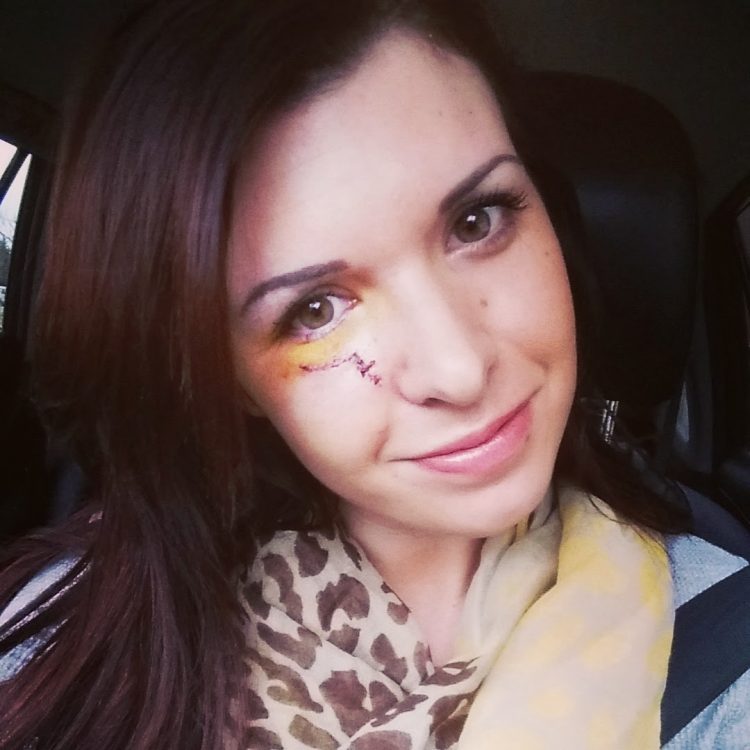
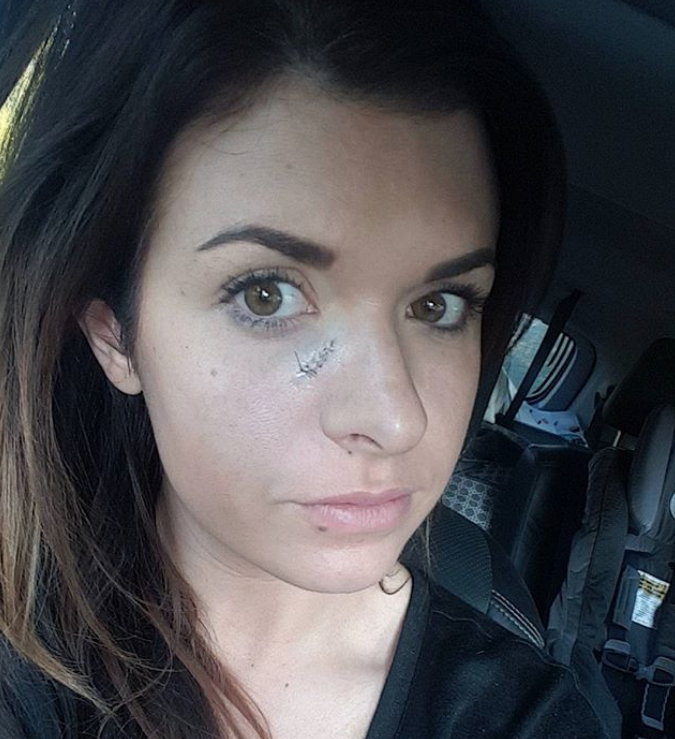
“I wanted to feel good about myself, and I thought I had to be tan to be pretty,” she said. “I played volleyball in college and the thought of being pale in spandex outweighed the risks of tanning beds. I never thought in a million years I would get skin cancer from tanning because almost everyone I know was also tanning at the time.”
Tanning isn’t worth the risk of skin cancer, Campisi said. It’s also the reason she has to deal with the possibility of skin cancer recurrence.
Campisi’s chances of basal cell coming back are high. By constantly checking her moles and getting skin exams, she hopes she’ll be able to catch any future occurrences early. Her biggest fear is that she will end up with another type of cancer.
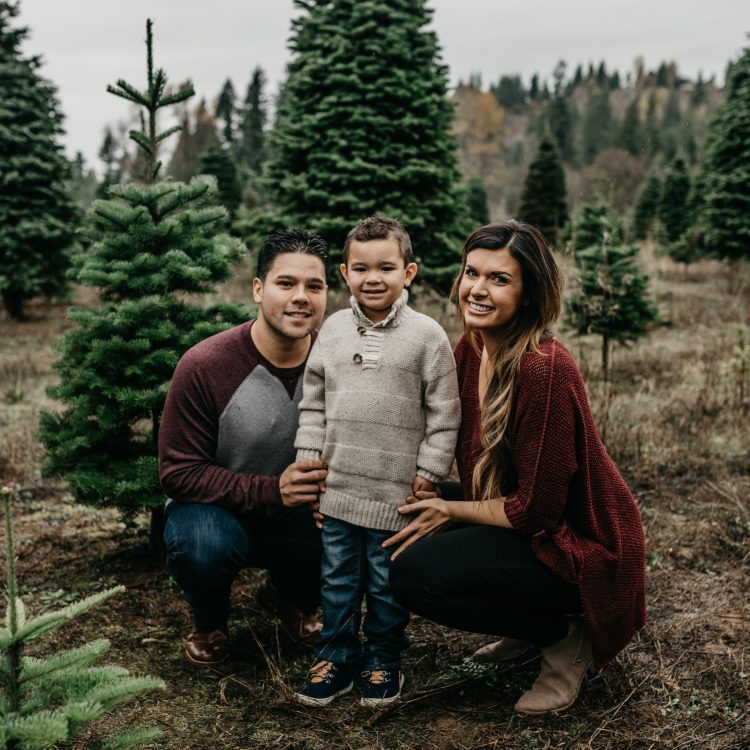
“You can and will get skin cancer from tanning. Sunscreen isn’t enough,” she said. “Protect yourself from tanning beds and the sun as much as you can.”
Photos courtesy of Shealun Campisi

